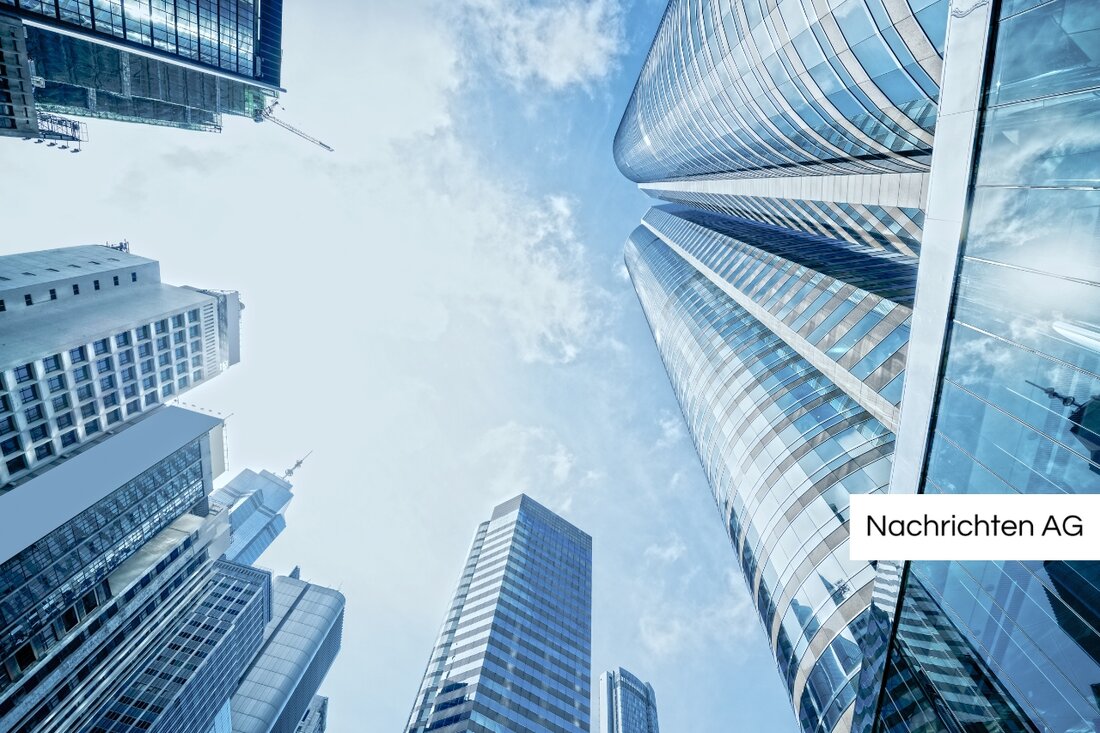Dresden is investing 4.8 million euros in the renovation of contaminated areas
Dresden will receive 4.8 million euros for the remediation of contaminated areas in the Wilsdruffer suburb. Environmental protection in focus.

Dresden is investing 4.8 million euros in the renovation of contaminated areas
The city of Dresden is offering a fresh 4.8 million euros, which will be used for the renovation of an important industrial area on Rosenstrasse. This was announced by the Saxony State Directorate. The area, which is located in the Wilsdruffer suburb, has had a dark history as a storage and transshipment point for chemicals since the 1960s and is therefore heavily contaminated with soil and groundwater. The total costs for the renovation amount to around 6.3 million euros, a significant part of which - 77 percent - is covered by EU and state funds. The city only has to raise 23 percent itself. These funds are more than welcome as they are intended not only to eliminate environmental damage, but also to revitalize the area. The remediation measures include, among other things, a microbiological process for soil cleaning and the demolition of contaminated buildings. After the successful renovation, the area will be used for commercial purposes, which should also have a positive impact on the cityscape and the local economy. Béla Bélafi, President of the Saxony State Directorate, emphasized the importance of these funds: “The support is crucial for eliminating environmental damage.”
Are there really that many contaminated areas in Germany? In fact, this is an issue that affects many cities. As part of the Federal Soil Protection Act (BBodSchG), contaminated sites, i.e. contaminated properties, are precisely defined. According to the Federal Environment Agency, a property is considered contaminated if it has harmful soil changes or poses a danger to the population or the environment. These include abandoned waste disposal facilities and contaminated brownfield sites, often due to improper disposal or historical military use in the past. The renovation of such areas is not only a legal requirement, but also an urgent necessity to ensure the safety of residents and protect the environment.
What is behind the renovation process?
The process of remediating contaminated sites comes with a lot of responsibility. According to the Federal Soil Protection Act, not only the original polluters but also the current owners are liable for the cleanup costs. The renovation takes place in several steps: First, a risk assessment is carried out, followed by careful renovation planning and the approval process. The remediation process could include various methods such as soil replacement or in situ remediation, depending on the type and degree of contamination. This is not only important for the safety and health of citizens, but also has a direct impact on the real estate market. Properties with contaminated sites lose significant value and force sellers to inform buyers about any soil contamination. It is therefore essential for future buyers to take a look at the contaminated sites register in order to find out about possible risks and the associated costs.
Of course, there are also support options to finance such renovation projects. State programs at the federal and state levels offer funding if the suspicion of contaminated sites is proven. Overall, the remediation of contaminated sites is a complex matter that takes both ecological and economic aspects into account. With this new financing, Dresden can now take a further step towards environmental protection and urban development.

 Suche
Suche
 Mein Konto
Mein Konto